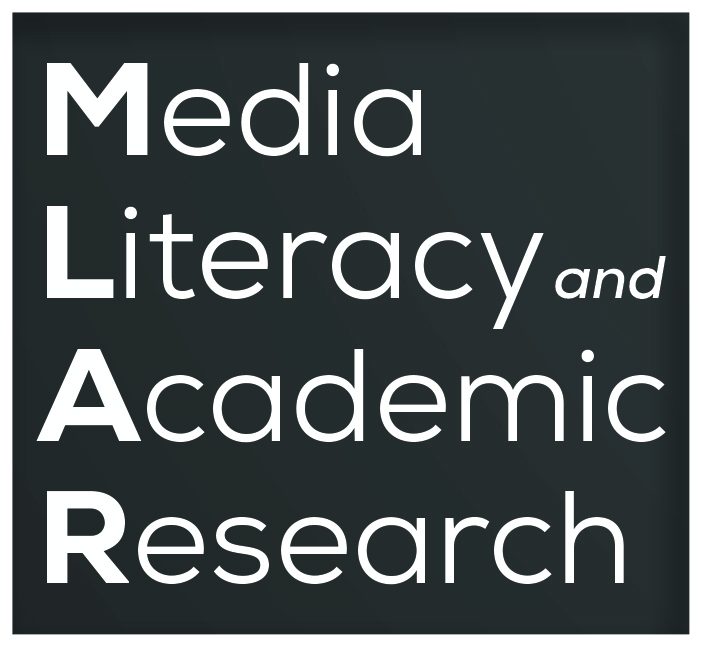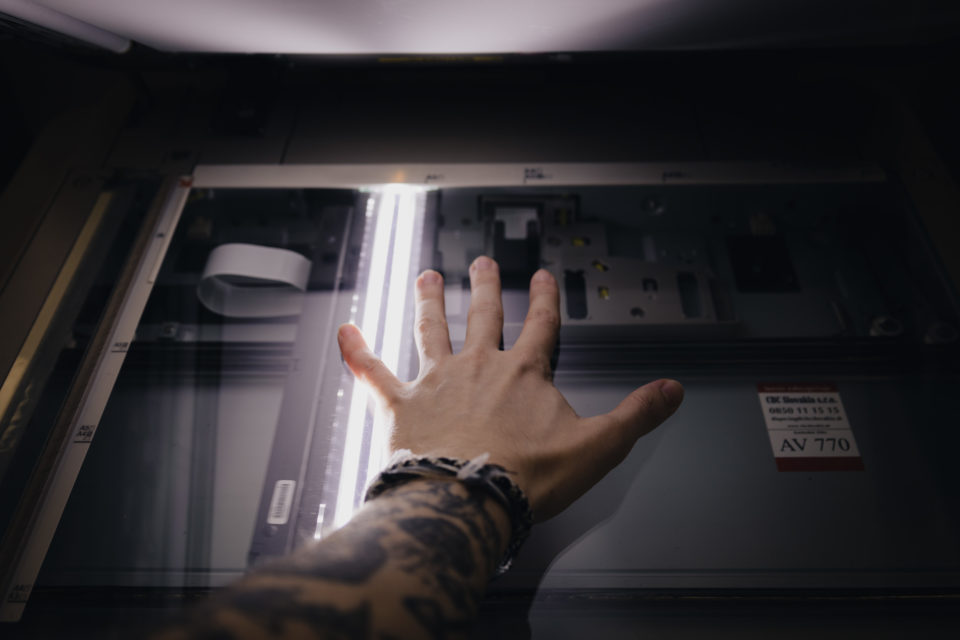Erin Steuter
ABSTRACT
This research study presents an analysis of a pedagogical strategy for teaching university students how to apply critical media literacy skills to develop their ability to detect fake news. The goal of the study was to explore the potential advantages of using comics as medium to engage students, clarify complex content, and accelerate cognition. The empirical part of the paper provides a comprehensive account of this pedagogical strategy, outlining the design and implementation of the workshop, incorporating insights from critical media literacy literature, current examples of fake news, and graphic narrative approaches. In particular, the project engaged the students through the presentation of information about fake news with comicstyle graphic narratives and assessed their learning through their interaction and completion of creative dialogue within these narratives. The students showed a high level of engagement and helped peers navigate examples of fake news. They also demonstrated insights into the structural and economic factors that encourage fake news, including within the commercial news media. This study brings new insights and information on several issues related to media literacy practice in the academic context and emphasizes the relationship between communication and pedagogical studies. Adding comics to the critical media literacy toolkit shows promise in expanding techniques in the battle against fake news.
KEY WORDS
Comics. Critical Media Literacy. Educational Comics. Fake News. Graphic Novel. Multimodal Literacy.
DOI

